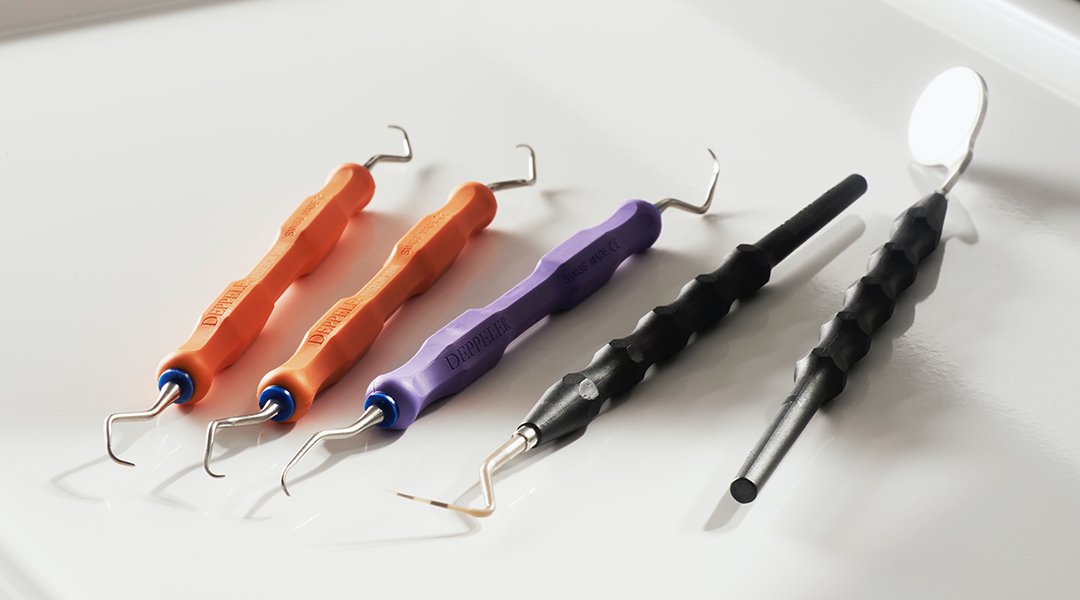Needle phobia is among the leading reasons why people put off going to see their dentist. To remove this barrier, researchers from Hong Kong and Singapore have created a non-invasive alternative to injected anesthetics: a charged microneedle delivery system combined with a mild electric current.
Recently published in Advanced Functional Materials, their microneedle system speeds up transport of numbing drugs and directs them straight to the nerve endings. A comparison was made between this new system and the standard anesthesia delivery by needle using a rabbit incisor model. The researchers found that the dental anesthesia achieved with both methods was comparable, with the microneedle patch providing an added benefit of reducing distress and discomfort.
“Micron-scale needles only penetrate the superficial layer of the gum without contacting nerves,” said one of the team leads, Professor Chenjie Xu of City University of Hong Kong.
The conductive microneedle patch was applied to the gums with anesthetic gel (lidocaine) sandwiched between the patch and an electrode. The applied electric field reduced tissue resistance and helped the anesthetic penetrate further into the gum and bone tissue. The application of electrical currents to move molecules down a voltage gradient is called iontophoresis.
“When the microneedles are pressed into the oral mucosa, it creates micron-sized holes which allow drug molecules to enter, then a low-voltage current enables the delivery of charged molecules across the skin or mucosal barrier. This allows more charged drug molecules to quickly permeate through the oral mucosa and into the deep tissue layers where nerve endings reside,” Xu said.
Aside from being pain-free and less stressful, this method of delivering numbing drugs is also more efficient than injection, where the drugs passively diffuse into the tissue.
Achieving dental anesthesia with this microneedle approach was almost immediate. A quicker and more direct drug delivery means that there is no need to wait for the numbing to take effectand that less drug is required to provide pain relief.
“Patient acceptance of this technology will result in greater efficiency of dental practice and allows the forging of a better relationship between dentist and patient, leading to smooth delivery of dental procedures,” said Xu.
Reference: Razina Seeni, et al., Targeted delivery of anesthetic agents to bone tissues using conductive microneedles enhanced iontophoresis for painless dental anesthesia, Advanced Functional Materials (2021). DOI: 10.1002/adfm.202105686

















